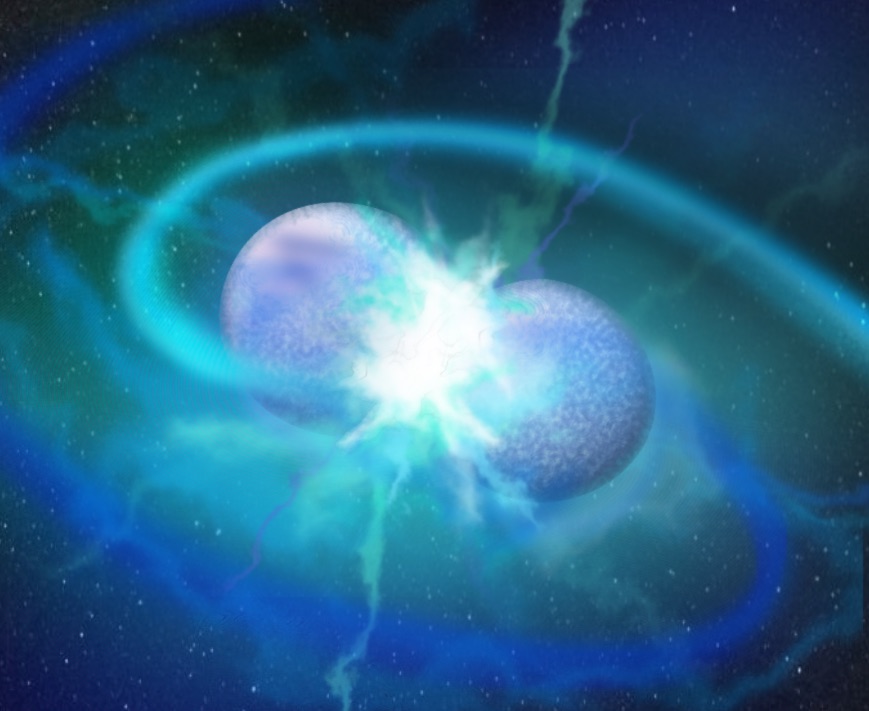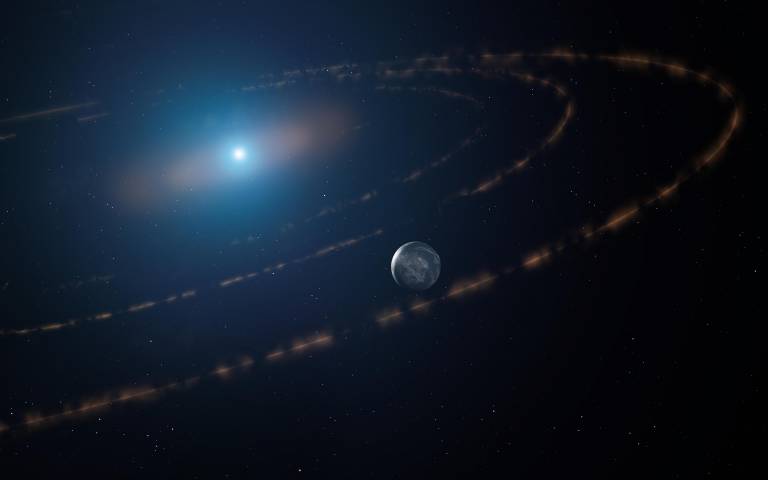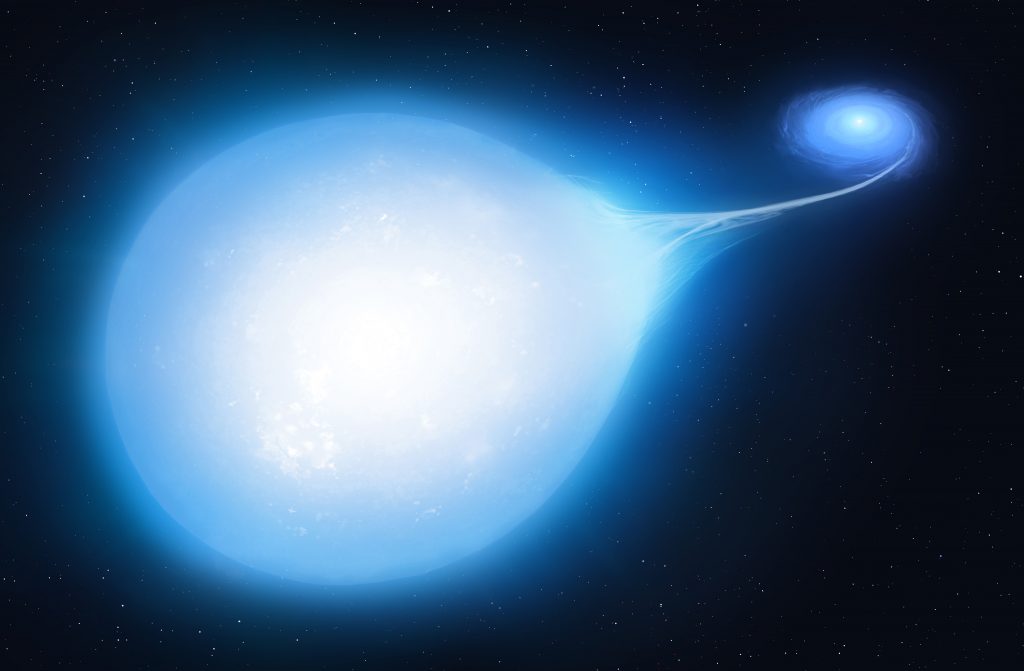Shrouded in ash: New type of star discovered
Most stars follow the main sequence of the Hertzsprung-Russell diagram in their life cycle. This is because they fuse certain elements in each part of their life, starting with hydrogen, followed by helium. Only particularly large or small stars deviate from this, or binaries that, for example, get fresh material from their neighbors despite their small size. But there are deviations from the rule, and lots of them. A team of German astronomers led by Klaus Werner of the University of Tübingen has discovered another exception. To do so, the researchers took a closer look at the light from white…



